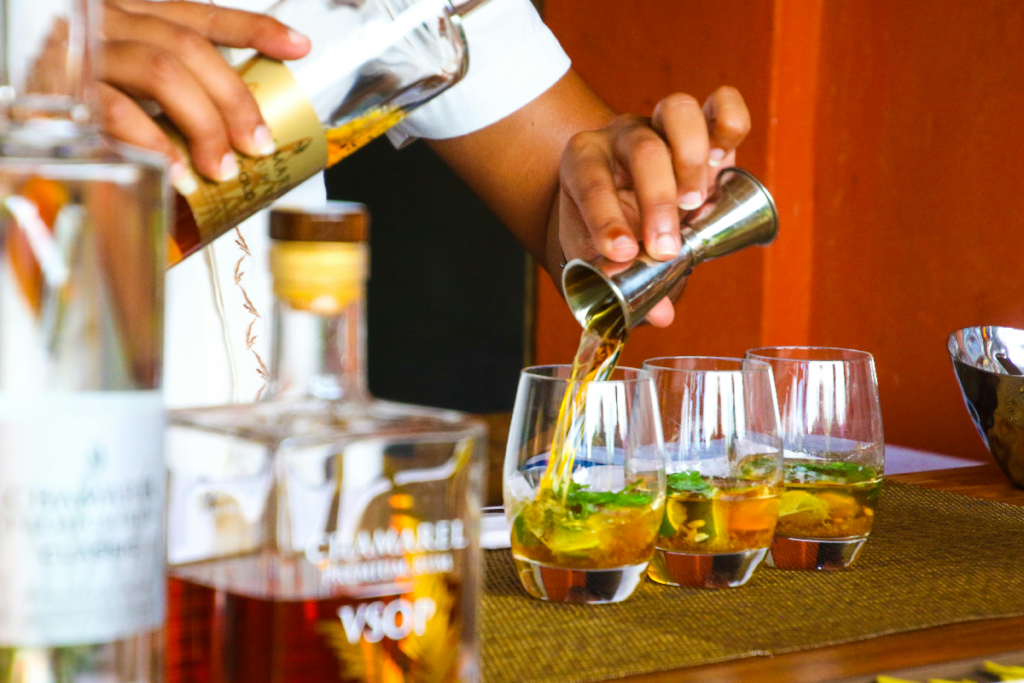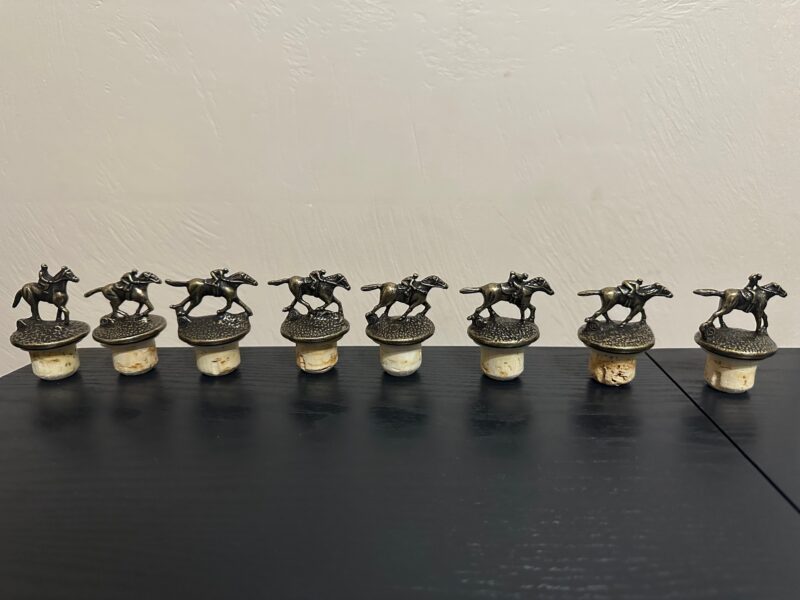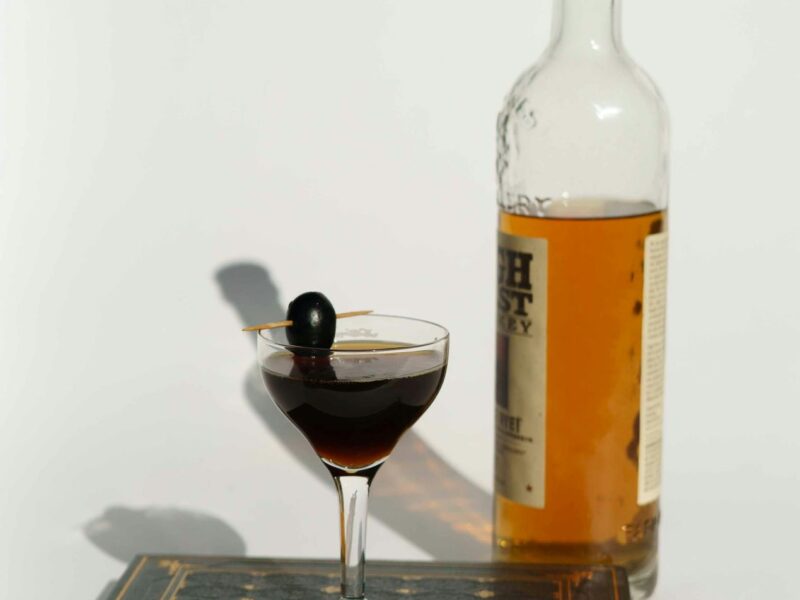Whiskey is a timeless spirit that has been enjoyed for generations. Whether you are a seasoned connoisseur or a curious beginner, learning how to properly drink whiskey can greatly enhance your appreciation of this complex and nuanced beverage. In this blog, we will explore the best practices for drinking whiskey, from selecting the right glass to savoring each sip, and provide tips on how to maximize your whiskey-drinking experience.
Understanding Whiskey
Before diving into the details of how to drink whiskey, it’s essential to understand what whiskey is and the different types available.
What is Whiskey?
Whiskey is a distilled alcoholic beverage made from fermented grain mash. The grains used can include barley, corn, rye, and wheat. The production process involves aging the distilled liquid in wooden barrels, which imparts distinct flavors and characteristics to the whiskey.
Types of Whiskey
There are several types of whiskey, each with unique production methods and flavor profiles:
- Scotch Whisky: Made in Scotland, typically from malted barley, and aged for at least three years in oak barrels.
- Bourbon: An American whiskey made primarily from corn and aged in new charred oak barrels.
- Irish Whiskey: Made in Ireland from a mix of malted and unmalted barley, typically triple-distilled for smoothness.
- Rye Whiskey: Made primarily from rye grain, known for its spicy and bold flavor.
- Japanese Whisky: Influenced by Scotch whisky production methods, known for its precise and delicate flavor profile.
Choosing the Right Glass
The type of glass you use can significantly impact your whiskey-drinking experience. Here are some of the most popular glass types and their benefits:
- Glencairn Glass: Designed specifically for whiskey, it has a tulip shape that concentrates the aromas, making it ideal for nosing and tasting.
- Rocks Glass (Old Fashioned Glass): A short, sturdy glass with a wide mouth, perfect for serving whiskey neat or with ice.
- Copita Glass: A stemmed glass with a narrow top, commonly used in professional tastings to concentrate the aromas.
- Highball Glass: Tall and slim, ideal for whiskey cocktails like the classic whiskey and soda.

Preparing to Drink Whiskey
The Right Environment
Enjoying whiskey is best done in a relaxed and comfortable setting. Choose a quiet place where you can focus on the experience without distractions.
The Right Temperature
Whiskey can be enjoyed at various temperatures, depending on personal preference:
- Room Temperature: This is the traditional way to drink whiskey, allowing you to fully appreciate its aromas and flavors.
- Chilled: Adding ice or chilling the whiskey can mellow the flavors and reduce the alcohol burn, making it more approachable for beginners.
- Warm: Warming the whiskey slightly can enhance its aromas and flavors, though this method is less common.
Tasting Whiskey
Step 1: Observe
Start by observing the whiskey’s color and clarity. Hold the glass up to the light and take note of its hue, which can range from pale gold to deep amber. The color can provide hints about the whiskey’s age and the type of cask used for aging.
Step 2: Smell
Swirl the whiskey gently in the glass to release its aromas. Bring the glass to your nose and take a moment to inhale deeply. Try to identify the different scents, which can include notes of fruit, spices, vanilla, caramel, and oak. Don’t rush this step; nosing is an essential part of the whiskey-tasting experience.
Step 3: Taste
Take a small sip of the whiskey and let it coat your tongue. Pay attention to the initial flavors, the mouthfeel, and the finish. Whiskey can have a wide range of flavors, including sweet, spicy, smoky, and fruity notes. Allow the whiskey to linger in your mouth before swallowing to fully appreciate its complexity.
Step 4: Finish
The finish refers to the flavors that remain in your mouth after swallowing. Notice how long the finish lasts and whether it leaves a pleasant or harsh aftertaste. A good whiskey will have a long, smooth finish that evolves over time.
Enhancing the Experience
Adding Water
Adding a few drops of water to your whiskey can open up its flavors and aromas, particularly for high-proof whiskies. Start with a small amount and adjust to taste. Use room-temperature, non-chlorinated water for the best results.
Adding Ice
If you prefer your whiskey chilled, adding ice is a popular option. However, be aware that ice can dilute the whiskey as it melts, which may alter its flavor profile. Large, slow-melting ice cubes are recommended to minimize dilution.
Whiskey Cocktails
While purists may prefer drinking whiskey neat or with water, whiskey also serves as an excellent base for a variety of cocktails. Here are a few classic whiskey cocktails to try:
- Old Fashioned: Made with whiskey, sugar, bitters, and a twist of citrus peel, this cocktail is a timeless favorite.
- Whiskey Sour: A refreshing blend of whiskey, lemon juice, and simple syrup, often garnished with a cherry and orange slice.
- Manhattan: A sophisticated cocktail made with whiskey, sweet vermouth, and bitters, typically garnished with a cherry.
- Mint Julep: A Southern classic, combining whiskey, fresh mint, sugar, and crushed ice.

Storing Whiskey
Proper storage is essential to maintain the quality of your whiskey:
- Keep It Upright: Store whiskey bottles upright to prevent the cork from coming into contact with the liquid, which can cause it to deteriorate.
- Avoid Direct Sunlight: Exposure to sunlight can degrade the whiskey’s flavor and color. Store bottles in a cool, dark place.
- Maintain a Consistent Temperature: Fluctuations in temperature can cause the whiskey to expand and contract, potentially affecting its quality. Aim for a consistent temperature between 15°C and 20°C (59°F and 68°F).
Responsible Drinking
While enjoying whiskey can be a delightful experience, it’s important to drink responsibly. Here are some tips to ensure you enjoy whiskey safely:
- Know Your Limits: Understand your tolerance and avoid overindulging. Drinking in moderation is key to a positive experience.
- Stay Hydrated: Drink plenty of water alongside your whiskey to stay hydrated and reduce the risk of a hangover.
- Eat Before Drinking: Consuming food before or while drinking can slow the absorption of alcohol and mitigate its effects.
- Never Drink and Drive: Always arrange for a designated driver or use public transportation if you plan to drink.
Exploring Whiskey Culture
Whiskey Tastings and Events
Participating in whiskey tastings and events can be a great way to expand your knowledge and appreciation of whiskey. Many distilleries offer tours and tastings, providing an opportunity to learn about the production process and sample different expressions.
Joining a Whiskey Club
Joining a whiskey club can connect you with fellow enthusiasts and provide access to exclusive tastings, events, and rare bottles. It’s a fantastic way to immerse yourself in the whiskey community and discover new favorites.
Reading and Learning
There is a wealth of literature available on whiskey, from beginner’s guides to in-depth explorations of specific types and regions. Reading books and articles about whiskey can enhance your understanding and enjoyment of this complex spirit.
Drinking whiskey properly is an art that involves appreciating its rich history, diverse flavors, and the craftsmanship that goes into every bottle. By choosing the right glass, preparing your environment, and following the steps to taste and savor whiskey, you can elevate your drinking experience. Remember to drink responsibly, explore the world of whiskey through tastings and events, and continue learning to deepen your appreciation for this timeless spirit. Whether you prefer your whiskey neat, with water, or in a cocktail, the key is to enjoy it mindfully and savor each sip. Cheers!



